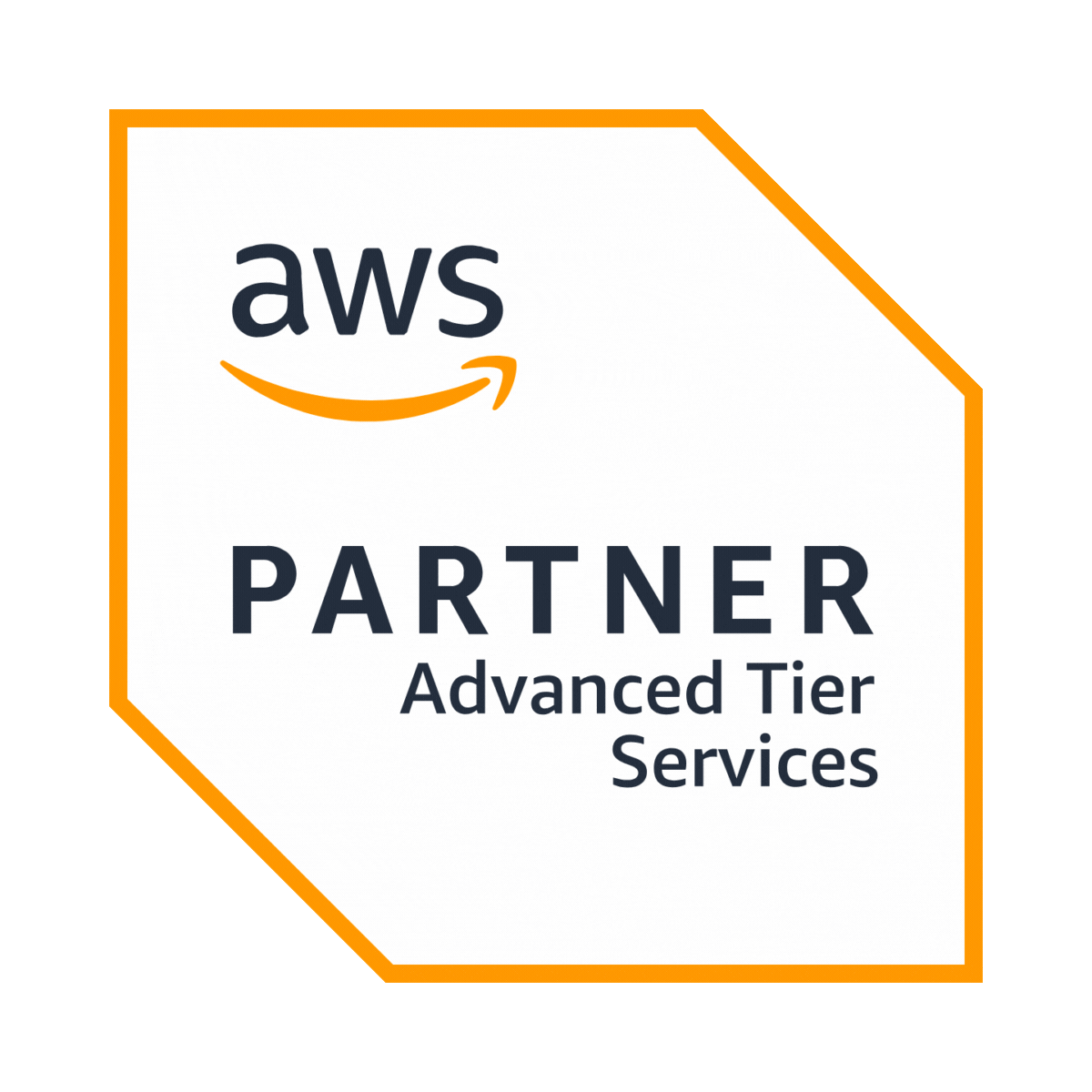Moving into the digital world, the demand for highly available and fault-tolerant applications has never been greater. Businesses worldwide are increasingly turning to containerization as a solution to achieve scalability, flexibility, and portability for their applications. However, ensuring the resilience of these containerized applications in the face of regional failures or disruptions requires advanced strategies for multi-region deployment. In this comprehensive guide, we'll get into the intricacies of deploying containerized applications across multiple AWS regions, leveraging the robust infrastructure and services provided by Amazon Web Services (AWS).
Multi-Region Deployment on AWS
Multi-region deployment involves the distribution of application components across different geographical locations to minimize latency, maximize availability, and mitigate the impact of regional outages. While this approach offers significant benefits in terms of resilience and performance, it also introduces challenges such as ensuring data consistency, managing network latency, and dealing with increased operational complexity. AWS provides a range of services and features specifically designed to address these challenges and facilitate seamless multi-region deployments.
Containerization and AWS ECS
At the heart of modern application deployment lies containerization, a technology that has revolutionized the way we package, deploy, and manage applications. AWS Elastic Container Service (ECS) is a fully managed container orchestration service that simplifies the deployment and management of containerized workloads on AWS. With ECS, organizations can easily deploy and scale containers across multiple regions, leveraging AWS's global infrastructure to ensure high availability and fault tolerance.
Advanced Strategies for Multi-Region Deployment
- Load Balancing and Traffic Routing: Distributing incoming traffic across multiple regions is essential for optimizing performance and ensuring fault tolerance. AWS Global Accelerator and Amazon Route 53 latency-based routing are powerful tools for achieving this, allowing organizations to route traffic to the nearest available region based on latency or other criteria.
- Cross-Region Replication of Data and Services: Maintaining data consistency and ensuring access to critical services across regions are key requirements for multi-region deployments. AWS offers a range of services, including S3 Cross-Region Replication and DynamoDB Global Tables, that enable organizations to replicate data and services seamlessly across regions, thereby minimizing the risk of data loss and downtime.
- Disaster Recovery and Failover Mechanisms: Implementing robust disaster recovery and failover mechanisms is critical for minimizing downtime and ensuring business continuity during regional failures. By leveraging AWS CloudFormation and AWS Lambda, organizations can automate the failover process, allowing applications to switch to alternative regions without manual intervention seamlessly.
- Performance Optimization and Latency Reduction: Minimizing latency and optimizing performance are essential for delivering a seamless user experience across regions. AWS CloudFront and AWS Global Accelerator are powerful tools for caching content and reducing latency, ensuring that users receive fast and reliable access to applications regardless of their geographic location.

Implementation Steps
- Setting up Multi-Region ECS Clusters: Begin by creating ECS clusters in multiple regions using the AWS Management Console or AWS CLI. Configure inter-region communication to allow ECS clusters to communicate with each other seamlessly.
- Configuring Cross-Region Networking: Establish VPC peering connections or leverage AWS Transit Gateway to enable communication between ECS clusters deployed in different regions. This will ensure that containers can communicate with each other across regions securely.
- Implementing Global Load Balancers: Configure AWS Global Accelerator or Amazon Route 53 to distribute traffic across ECS clusters deployed in multiple regions. This will ensure that incoming traffic is routed to the nearest available region, minimizing latency and optimizing performance for end users.
- Automating Deployment and Scaling: Leverage AWS CodePipeline and AWS CodeDeploy to automate the deployment and scaling of containerized applications across multiple regions. By implementing automated deployment pipelines, organizations can streamline the deployment process and ensure consistency across regions.
Best Practices and Tips
- Security Considerations: Implement robust security measures, such as encryption at rest and in transit, to protect data across regions. Enforce least-privilege access controls and regularly audit IAM policies and security groups to minimize the risk of unauthorized access.
- Cost Optimization Strategies: Monitor and optimize multi-region deployment costs using AWS Cost Explorer and AWS Budgets. Leverage spot instances for non-production workloads and utilize AWS Reserved Instances for predictable workloads to optimize costs effectively.
- Monitoring and Logging Across Regions: Use AWS CloudWatch and AWS X-Ray to monitor application performance and troubleshoot issues across multiple regions. Centralize logs using Amazon CloudWatch Logs Insights to gain visibility into application behavior and performance across regions.
- Versioning and Rollback Strategies: Implement blue/green deployment strategies using AWS CodeDeploy to minimize downtime and roll back to previous versions in case of deployment failures. By maintaining multiple versions of applications, organizations can ensure seamless rollbacks and minimize the impact of deployment errors.
The Takeaway
This comprehensive guide provides organizations with the knowledge and tools they need to deploy containerized applications across multiple AWS regions effectively. By leveraging advanced strategies for multi-region deployment and following best practices, organizations can achieve high availability, fault tolerance, and optimal performance for their applications, ensuring a seamless user experience for customers worldwide.


















